Advertisement
The digital universe of today is built on networks. Strong network performance determines every message, file, or video. Network operations centers (NOCs) are thus rather crucial. They maintain systems operating, find faults, and quickly fix them. However, given the daily expansion of networks, outdated techniques are insufficient. Artificial intelligence (AI) then comes in really handy. AI is making NOCs faster, smarter, and more efficient, therefore altering their operation.
It can identify issues before consumers even become aware of them. It can also operate independently to halt disruptions, resulting in less downtime and contented users. This article will examine how artificial intelligence in the NOC will change network operations in the future. You will see why artificial intelligence is not only useful but also necessary to keep contemporary networks strong and safe.
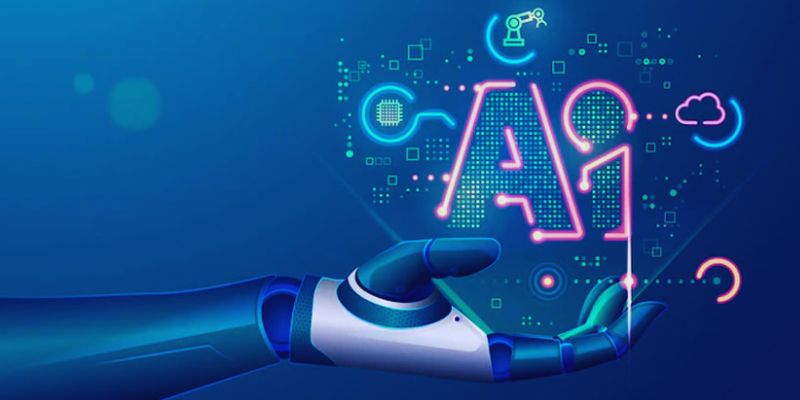
Below are the main ways AI is transforming network operations inside the NOC, making systems faster, smarter, and more efficient.
AI systems offer the NOC great automation capability. They react without human direction and grow from past data. These instruments look for problems by real-time scanning whole networks. They instantly identify things like outages, traffic surges, or mistakes. Problems thus get resolved faster or avoided completely. NOC teams are spared repeating the same chores by automation. They might concentrate on more important issues instead of reviewing every single tip. By highlighting the most important ones and filtering notifications, artificial intelligence also helps to lower noise and stop burnout. Another amazing ability of artificial intelligence is its simple repair capability. AI can restart a router should one fail. AI reroutes the data if one path slows down. These quick responses help to maintain the stability and flawless operation of the network. Engineers can work on more complex issues since AI handles daily tasks.
Conventional monitoring systems generally offer real-time updates devoid of thorough understanding. Predictive monitoring provided by artificial intelligence transforms that. It tells what might go wrong as well as what is wrong. It points up patterns like frequent slowdowns at specific times that people might ignore. Predictive analytics lets artificial intelligence project problems based on historical trends. AI can be ready early if traffic often rises during lunchtime. It keeps networks operating as they should and lowers outages. AI responds swiftly when something goes wrong. It suggests the ideal solution and identifies the main problem. It facilitates swift actions by the NOC team and saves time. To help human teams remain cool, artificial intelligence even provides exact directions for emergency scenarios. AI looks to see if everything is operating as it should once the problem is corrected. It guarantees that the systems following any incident will go back to normal. In the NOC, this whole monitoring cycle makes artificial intelligence quite useful.
Modern networks are more complicated than they were years ago. They link thousands of gadgets, apps, and consumers spread over several sites. Especially for multinational businesses, managing this is not simple. AI is easily able to manage this complexity. It remains accurate even when sorting through enormous volumes of data. AI tools can find minor issues that might grow to be major ones down the road. It also recognizes how one component of a network influences others, therefore identifying hidden hazards. From private data centers to cloud networks, these technologies operate across various kinds of systems. They provide a comprehensive view of the whole configuration and react quickly. For companies with offices spread over several locations, this is rather handy. Working nonstop, AI checks every area and informs when something goes wrong. While artificial intelligence can monitor all over the network, human teams cannot be everywhere. It simplifies network management significantly.
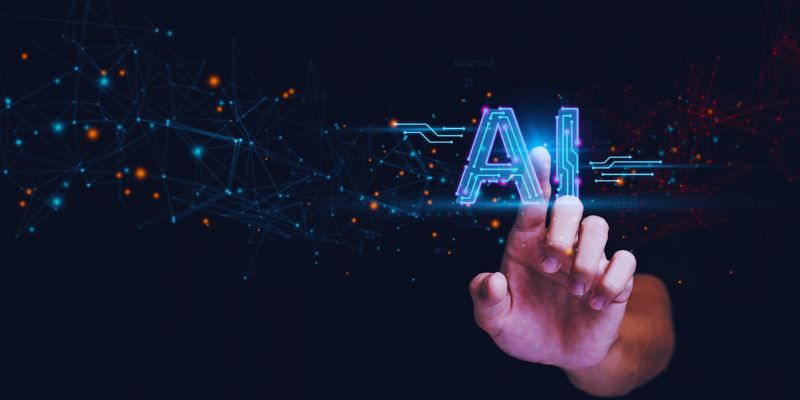
Every company worries mostly about network security. Cyberattacks can seriously harm things. Early threat detection using artificial intelligence helps to guard networks. It checks traffic for unusual activity, including repeated logins or unidentified devices. Often, these indicators point to an attack underway. AI notifies the NOC team immediately to enable quick response. Certain AI tools even automatically block risks. They isolate compromised systems or cut off dangerous links. This fast reaction helps stop attacks from proliferating. AI also knows how to distinguish actual dangers from false alarms. It ignores false alerts and picks out what regular activity looks like. NOC teams won't waste time hunting benign alarms, either. Instead, they can concentrate on actual issues. Over time, artificial intelligence keeps learning and improving. Teams can react faster and more intelligibly with AI supporting them. They protect the network for consumers and data and stop more damage. Modern network defense systems heavily rely on it.
AI not only solves problems but also guides teams toward better decisions. It gathers enormous volumes of network data. It then arranges that information and notes significant trends. It clarifies for management what is working and what is not. AI can, for instance, indicate which network components require updates. It can also show consumption trends and guide future expansion planning. This realization helps businesses to make appropriate tool and service investments. Dashboards driven by artificial intelligence offer clear, real-time updates. Staff members may quickly view the state of the network. They might also forward these reports to clients or other departments. It's a clever approach to informing everyone. Better data indicates better planning. Teams use artificial intelligence to get ready for system needs, traffic spikes, or security concerns. It guarantees the dependability of the network and helps development.
Network operations centers are being reshaped by artificial intelligence. It speeds up chores, increases intelligence, and guarantees accuracy. From addressing problems to forecasting future ones, artificial intelligence assists any aspect of network management. It helps teams to focus on critical work while artificial intelligence handles mundane duties. Additionally, improvements with AI tools are being made in security, reporting, and monitoring. Using artificial intelligence is not optional as networks expand; it is rather necessary. Businesses implementing artificial intelligence in the NOC can stay protected, save downtime, and enhance services.
Advertisement

Perplexity AI is an AI-powered search tool that gives clear, smart answers instead of just links. Here’s why it might be better than Google for your everyday questions
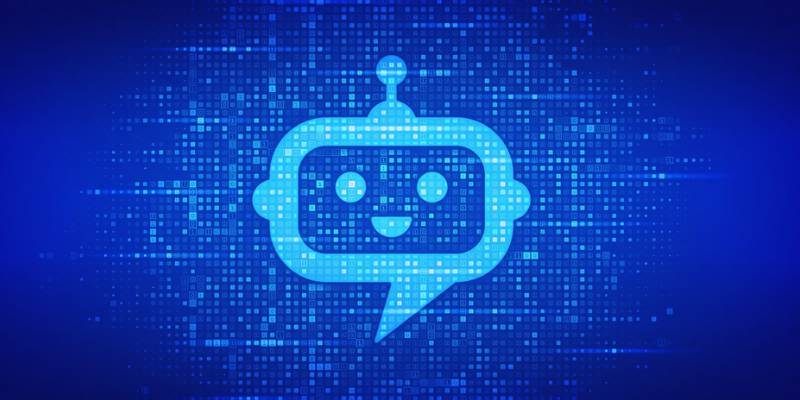
Discover how AI, NLP, and voice tech are transforming chatbots into smarter, personalized, and trusted everyday partners

Find out why Claude 3.5 Sonnet feels faster, clearer, and more human than other AI models. A refreshing upgrade for writing, coding, and creative work
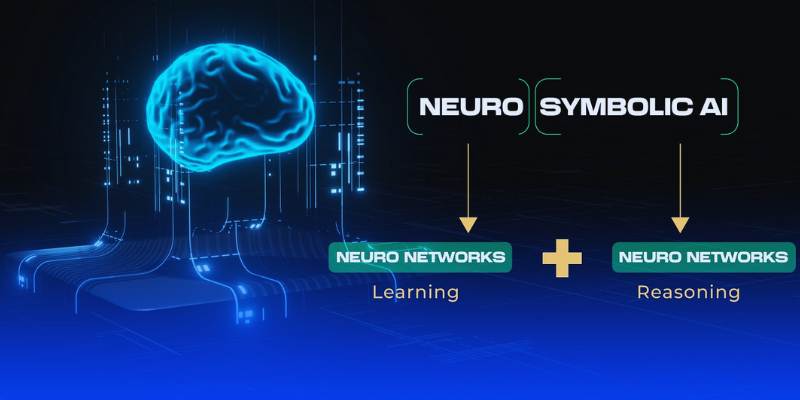
Neuro-symbolic AI blends neural learning and symbolic reasoning to create smarter, adaptable systems for a more efficient future

Looking for the best open-source AI image generators in 2025? From Stable Diffusion to DeepFloyd IF, discover 5 free tools that turn text into stunning images

Ever needed fast analytics without heavy setups? DuckDB makes it easy to query files like CSVs and Parquet directly, right from your laptop or app.
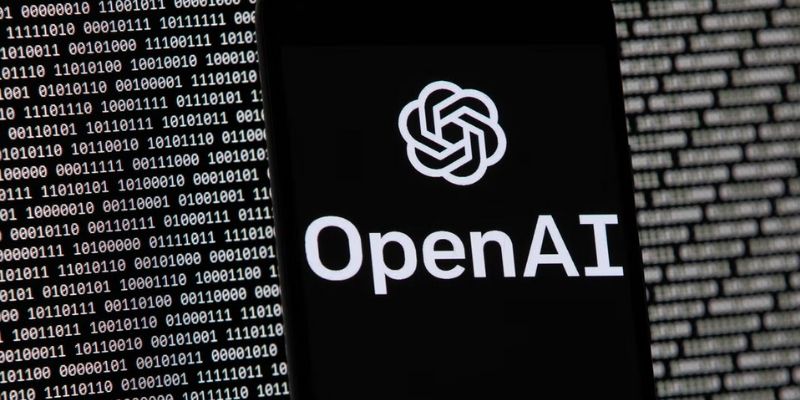
Discover ChatGPT AI search engine and OpenAI search engine features for smarter, faster, and clearer online search results
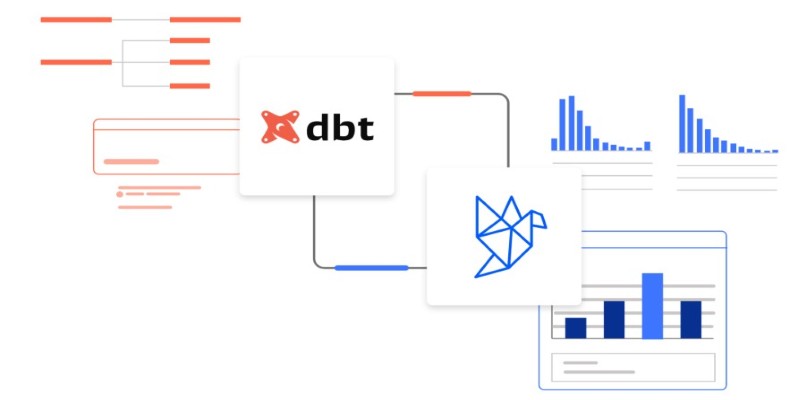
Frustrated with messy data workflows? Learn how dbt brings structure, testing, and version control to your data pipeline without adding extra complexity

AI transforms sales with dynamic pricing, targeted marketing, personalization, inventory management, and customer support

Nvidia stock is soaring thanks to rising AI demand. Learn why Nvidia leads the AI market and what this means for investors

AWS unveils foundation model tools for Bedrock, accelerating AI development with generative AI content creation and scalability
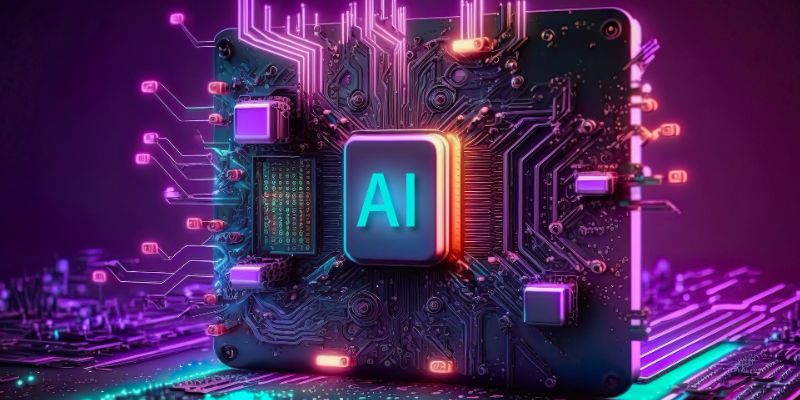
Compare GPUs, TPUs, and NPUs to find the best processors for ML, AI hardware for deep learning, and real-time AI inference chips